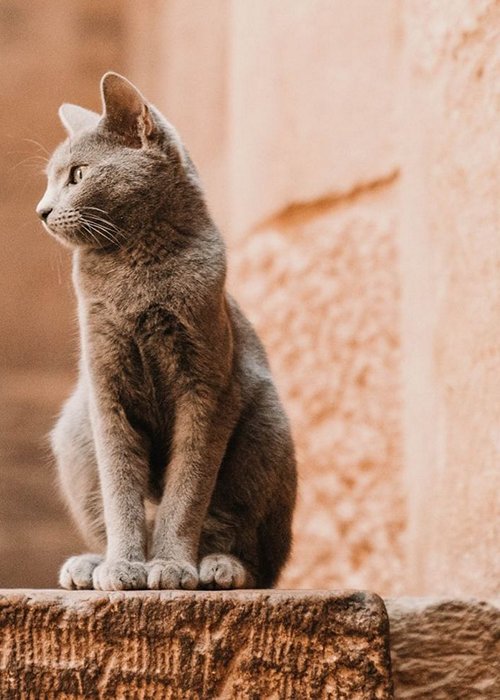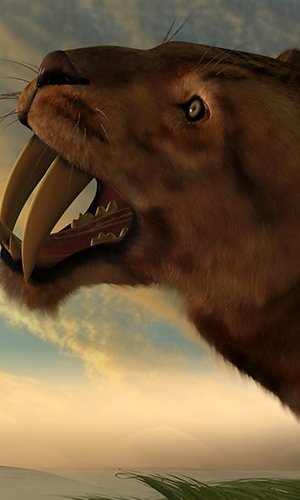The story of the relationship between cats and humans is ancient and unique. To discover where our beloved moggies come from, an international research team examined the DNA of over 100 wild and domestic cats from across the Old World. The results of their analyses, published in Nature, indicate that all domestic cats descend from a subspecies of wildcat, Felis silvestris lybica — the African wildcat, also known as the desert cat. A small, tabby creature that looks remarkably like a classic tabby cat. But when exactly did cats become part of our lives? For a long time, it was believed that the ancient Egyptians domesticated cats around 3,600 years ago. However, in Cyprus in 2004, archaeologists discovered a burial dating back 9,500 years, containing the skeletons of a person and their cat. Given that, as we’ve seen, cats aren’t native to Cyprus, it’s highly likely that this cat arrived on the island aboard a boat, alongside its human companion. This discovery suggests that people living in the Middle East began keeping cats as pets long before the Egyptians did. It appears, therefore, that cats were in the process of becoming domesticated just as humanity was establishing its first settlements in that part of the Middle East known as the Fertile Crescent — which we remember from primary school as the Cradle of Civilisation, where agriculture and the first cities were born. Cyprus lies just off the coast. After the Cypriot excavation, cat remains were also found at archaeological sites in Israel and Pakistan, dating back 9,000 and 4,000 years respectively. However, the most enthusiastic cat-lovers of the ancient world were undoubtedly the Egyptians. It’s precisely because of their passion for cats — expressed through paintings, statues and even mummies — that Egypt was long considered the starting point of cat domestication. The Egyptians elevated their love for cats to an altogether higher, even spiritual, level. Bastet was the goddess with a cat’s head, worshipped as the protector of the home, of cats, women, fertility and childbirth. From Egypt, cats spread throughout the Mediterranean. On ships laden with grain sailing from the port of Alexandria, there were certainly cats on board to keep the mice under control. When the Romans expanded the Empire, domestic cats travelled with them and became common throughout Europe and Asia.




